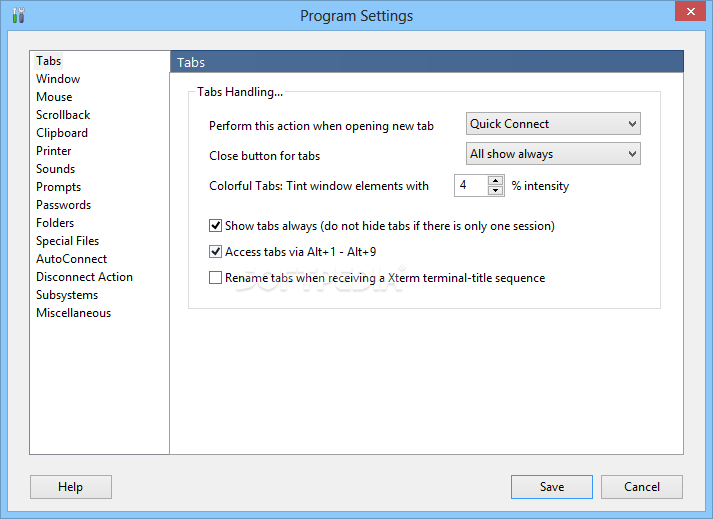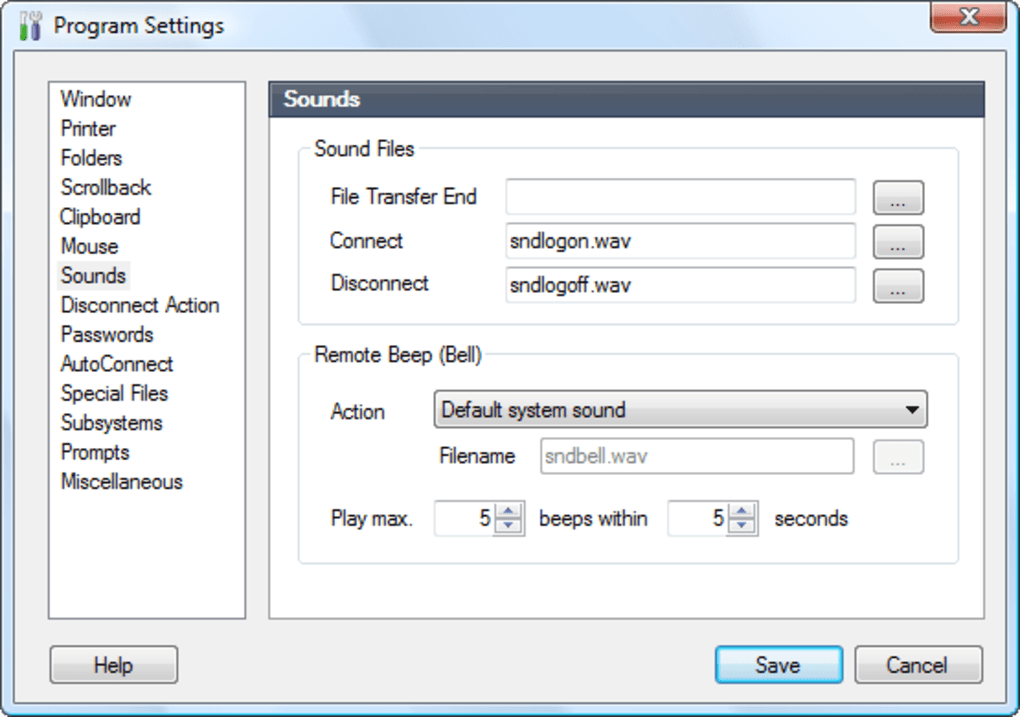Download: Zoc Versus Putty For Mac

Download: Zoc Versus Putty For Mac Free
Contents. Using the built-in SSH client in Mac OS X Mac OS X includes a command-line SSH client as part of the operating system. To use it, goto Finder, and selext Go - Utilities from the top menu. Then look for Terminal. Terminal can be used to get a local terminal window, and also supports SSH connections to remote servers. Running SSH from the terminal command line Once you have the terminal window open, you have two alternatives. The first approach is to type ssh hostname or ssh user@hostname into the terminal window.
This is more familiar for Linux and Unix users who are used to using a command line. Running SSH with a graphical user interface The second option is to select New Remote Connection. From the Shell menu of Terminal. This opens a graphical dialog asking for the host to connect to and the user name. This also allows saving connections. This is recommended for users who are not accustomed to using a command line. How to use PuTTY SSH keys with the built-in OpenSSH If you have a PuTTY.ppk format private key and want to use it with the built-in OpenSSH on Mac on the command line or in scripts, you can use the following commands.
First, install PuTTY for Mac using brew install putty or port install putty (see below). This will also install the command-line version of, the PuTTY key generator tool. Then, use the following command to convert the.ppk format private key to a standard PEM format private key: puttygen privatekey.ppk -O private-openssh -o privatekey.pem Make sure permissions on the private key file are set properly. It should only be readable by the user that owns it. Chmod go-rw privatekey.pem You can now use the key for logins from scripts and command line with: ssh -i privatekey.pem user@hostname Ported PuTTY for Mac There is a port of PuTTY for Mac. It can be installed in several ways.
Installation using HomeBrew If you already have the brew command installed, the best way to install PuTTY is to use the following command: sudo brew install putty Installation using MacPorts PuTTY is readily available via MacPorts. To see how to install MacPorts and PuTTY, see. Once you have MacPorts installed, you just need to give this command: sudo port install putty and to add a shortcut on the Desktop, cp /opt/local/bin/putty /Desktop/PuTTY Alternatives to PuTTY on the Mac A lot of people use on Mac.
It is a solid, well-known SSH client that is quite popular.

ZOC SSH/Telnet Client – Screenshots The screenshots below will give you a quick first impression of our. For more details please check the also, or for a full test drive. Note: The screenshots below are for macOS. If you are instead interested in ZOC Terminal for, you will find the screenshots. The picture to the right shows ZOC's terminal screen configured as communication with Linux emulation.
Note the toolbar and the buttons bar which are both fully configurable. The toolbar in the picture just shows some of the buttons available (there are over sixty). The button bar lets you map arbitrary functions (such as calling a certain host, starting a certain REXX file, etc.) onto buttons and you can choose your own labels. The buttons in the status bar show the current communication (secure shell), terminal emulation and file transfer type.
It also log file name, online time and more. Clicking on them brings up the options dialogs that configure these services. ZOC supports a wide variety of emulations which allow to connect to very different system environments. The screenshot shows the thumbnail overview with concurrent ssh client connections to two Unix systems using the Xterm connection, one macOS system via VT220 and an IBM mainframe. The image to the right shows a full size screenshot connecting via telnet to another IBM z/Series mainframe using the TN3270 emulation. Vttest is an application that is used to demonstrate features of VT100 and related terminals, or emulations thereof, such as xterm.
ZOC has been tested using the vttest suite, based on a test score developed by Columbia University. ZOC Terminal has scored an excellent 105 Points (see the ), which ranks it among the best in the industry. The most simple way to make occasional connections to hosts is is the Quick Connect feature. It lets you choose from a basic set of options and profiles and immediately makes a connection without having to deal with too many specifics. The screenshot shows a quick connection to a host via ssh. The field that now shows 'secure shell' can quickly switch to other connection types like telnet or serial cable. Keyboard remapping profiles allow you to completely redefine the keyboard.
Each key or key combination can be mapped to send text, connect to a host, start a script, perform a menu function, etc. For connections which you need to make on a regular basis ZOC offers a fully featured host directory which can be divided into sections - each of which may be named individually. In addition to that, each section can contain folders.

The hosts can be connected to from the host directory dialog, important connections can be mapped into ZOC's file menu or user button bar or you can create a shortcut on your desktop to start ZOC and initially make the connection. This screen shows important information about the entries, whose details may be altered by editing the entries. An entry in the host directory is any host that can be reached via, rlogin, modem or ISDN. Each session can have its own set of options and visual appearance. It is also possible to automate the login to the host or to start a script to run automated actions after the connection has been established. You can save several sets of session-related options (session profiles) and map these to host directory entries which share these characteristics, e.g.
A set of options for your typical ssh connections to linux hosts and another one for IBM mainframes. Or you could create one for all your root shell access (with a button bar with shortcuts for typical root commands) and one for web server accounts. This means that you don't have to set all those options again and again for each new host.
Instead you create those profiles (different screen size, colors, button bar, f-keys) once and then assign them to hosts where you need them. File transfers are possible via and connections, which allow you to send and receive files directly to and from shell sessions on a server, for example using the Zmodem rz/sz command or SCP. If a file transfer is initiated, ZOC will show you the file size, progress, number of bytes and time remaining.
With multiple files, ZOC will also show a progress bar, time and bytes remaining for the full transfer as well as for the individual files. In addition to the session profiles, ZOC offers a wealth of program-related configuration options, e.g. Printer selection, activation of warning messages, sound files, auto connection parameters and more.